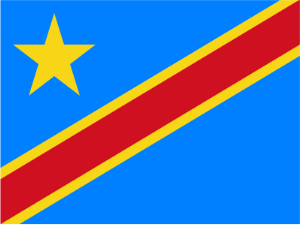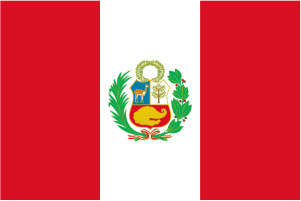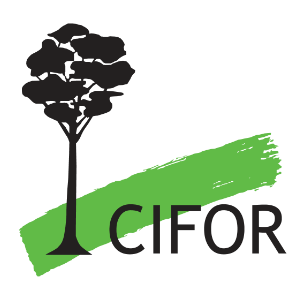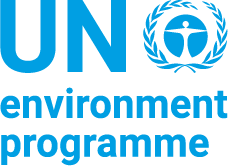
Tropical peatlands are areas of high carbon density that are important in biosphere-atmosphere interactions. Drainage and burning of tropical peatlands releases about 5% of global greenhouse gas (GHG) emissions, yet there is great uncertainty in these estimates. Our comprehensive literature review of parameters required to calculate GHG emissions from burnt peat forests, following the international guidelines, revealed many gaps in knowledge of carbon pools and few recent supporting studies. To improve future estimates of the total ecosystem carbon balance and peatfire emissions this study aimed to account for all carbon pools: aboveground, deadwood, pyrogenic carbon (PyC) and peat of single and repeatedly burnt peat forests. A further aim was to identify the minimum sampling intensity required to detect with 80% power significant differences in these carbon pools among long unburnt, recently burnt and repeatedly burnt peat swamp forests. About 90 Mg C ha−1 remains aboveground as deadwood after a single fire and half of this remains after a second fire. One fire produces 4.5 ± 0.6 Mg C ha−1 of PyC, with a second fire increasing this to 7.1 ± 0.8 Mg C ha−1. For peat swamp forests these aboveground carbon pools are rarely accounted in estimates of emissions following multiple fires, while PyC has not been included in the total peat carbon mass balance. Peat bulk density and peat carbon content change with fire frequency, yet these parameters often remain constant in the published emission estimates following a single and multiple fires. Our power analysis indicated that as few as 12 plots are required to detect meaningful differences between fire treatments for the major carbon pools. Further field studies directed at improving the parameters for calculating carbon balance of disturbed peat forest ecosystems are required to better constrain peatfire GHG emission estimates.
- Authors: Volkova, L., Krisnawati, H., Adinugroho, W.C., Imanuddin, R., Qirom, M.A., Santosa, P.B., Halwany, W., Weston, C.J.
- Author Affiliation: University of Melbourne, Forestry and Environment Research, Development and Innovation Agency (FORDIA), Forestry and Environment Research and Development Institute, Banjarbaru, Indonesia
- Subjects: aboveground biomass, peatlands, fire effects, fire behaviour, dead wood, tropics, carbon sinks
- Publication type: Journal Article
- Source: Science of the Total Environment 763: 142933
- Year: 2021
- DOI: https://doi.org/10.1016/j.scitotenv.2020.142933
















